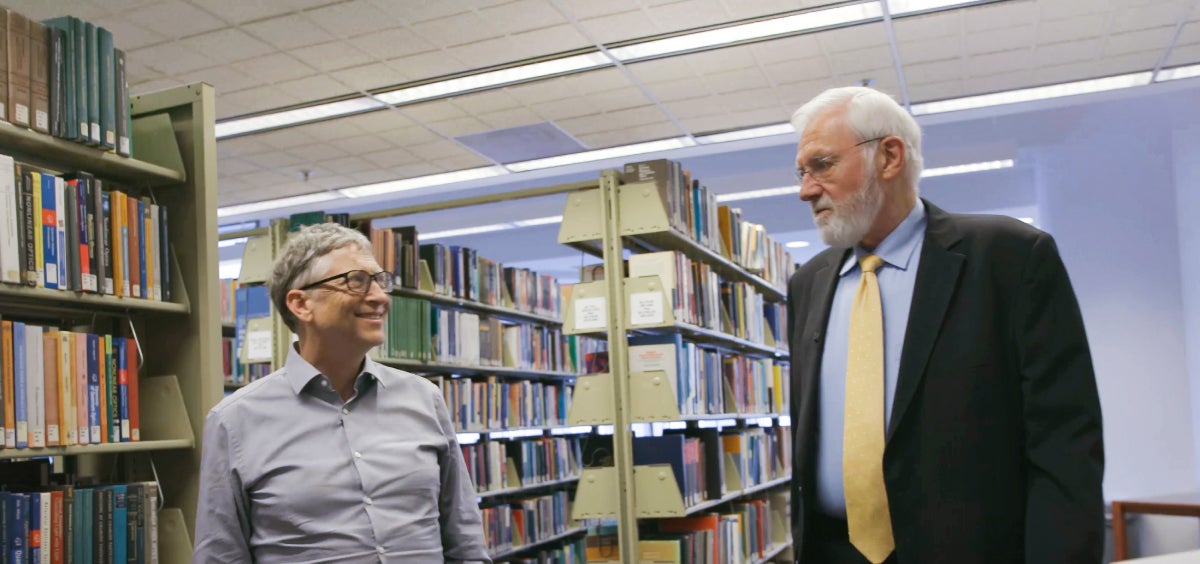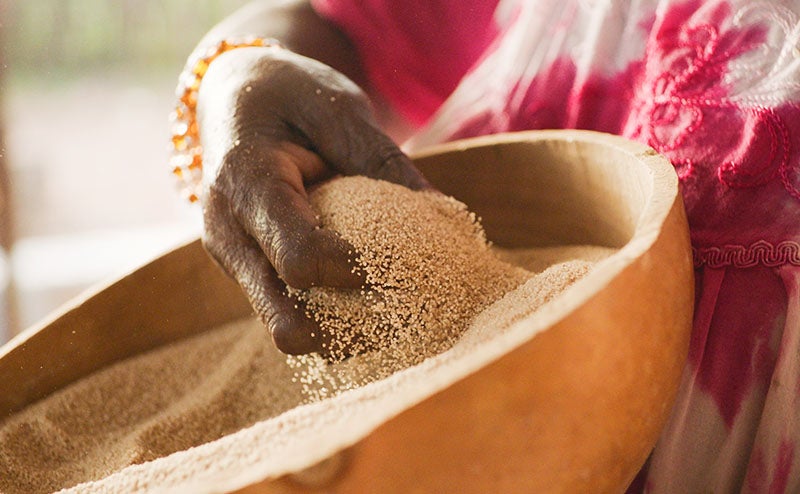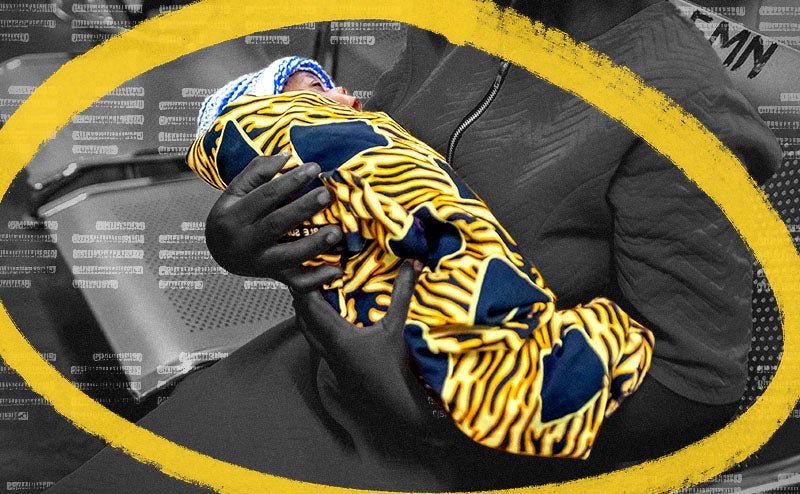From 2000 to the start of the pandemic we made strong progress on health and other goals. The pandemic is a huge setback.
One of my favorite stories about Dr. Bill Foege is the day he arrived in a remote Nigerian village to vaccinate everyone against smallpox. Although most of the villagers were out working in the fields, the chief assured him he could quickly roundup everyone. Bill was doubtful, but soon people began flocking to the vaccination site. By the end of the day Bill and his team had vaccinated several thousand villagers. When Bill asked the chief how he got so many people to show up, the chief replied, “I told everyone to come and see the tallest man in the world.”
At 6 feet 7 inches, Bill is certainly tall in stature. But he stands even taller in reputation. His intelligence, leadership, and humility over the last six decades have proven invaluable in the fight against disease and poverty. In the field of global health, he is a giant.
Bill and I recently had a chance to catch up in Atlanta, where we talked about smallpox, his role as a mentor for Melinda and me, and the stunning progress being made in global health.
Bill is best known for devising a new strategy for eradicating smallpox as an epidemiologist working for the Centers for Disease Control in the 1960s. At the time, the eradication strategy relied on mass vaccination—vaccinating everyone against the disease—but trying to reach the entire population in densely populated urban areas of the developing world proved very difficult. So Bill developed a new approach to stop the virus from spreading by vaccinating a limited number of people—only people who had been exposed to people who were infected. The strategy—which became known as “surveillance and containment”—allowed health workers to respond quickly to outbreaks and saved time and money. This new approach was employed across Africa and India, leading to the official eradication of smallpox in 1980.
(Incidentally, this month marks 40 years since a young man in Somalia named Ali Maow Maalin contracted the world's last case of naturally occurring smallpox. By not passing the disease to any other person, he broke the chain of transmission that had existed for thousands of years.)
The defeat of smallpox did more than bring an end to a disease that killed 300 million people in the 20th century alone. It gave the world the confidence to take on the other eradication efforts, including the global effort to wipe out polio.
In 1984, Bill was instrumental in launching the Task Force for Child Survival, which quadrupled—from 20 percent to almost 80 percent—the proportion of children around the world who receive basic vaccinations. Now known as the Task Force for Global Health, the organization continues to work on a range of health issues affecting the world’s poorest, including river blindness and other neglected tropical diseases. Bill also took on leadership roles as director of the Centers for Disease Control and later director of the Carter Center.
In 1999, Melinda and I were thrilled when Bill joined the foundation as a senior advisor to help us develop a global health strategy. At the time, I was still working full time at Microsoft and I knew very little about global health, but I was eager to learn.
Bill served as our mentor, answering our questions and giving us a crash course in the history of global health. There are few teachers as talented as Bill. As comfortable quoting Voltaire and Democritus as the latest Lancet article or World Health Organization report, Bill is always clear in his thinking about how much the world has accomplished in improving health, as well as how much more we can do to alleviate human suffering.
One of the most valuable contributions Bill made to our learning was giving us a reading list with 81 different books and reports on global health issues. Among them, a book on smallpox (Princes and Peasants – Smallpox in History by Donald R. Hopkins), the history of malaria (Mosquitoes, Malaria & Man: A History of the Hostilities Since 1880 by Gordon Harrison), and a groundbreaking report on the importance of global health investment (Investing in Health: World Development Report 1993).
“All these books opened a new world for me, making Bill’s passion for fighting poverty and disease a passion of my own.”
All these books opened a new world for me, making Bill’s passion for fighting poverty and disease a passion of my own. As l learned more about global health, I discovered that one name appears again and again in accounts about the fights against smallpox and polio to campaigns to wipe out Guinea Worm and improve health care in the developing world. It is Bill’s. While never eager to take the limelight, Bill left his mark on one effort after the next to improve the health of the world’s poorest people.
Looking back at his lifetime of achievements, I view Bill as the glue that held the global health community together, getting it to focus on the right priorities, like raising the immunization coverage, and setting the stage for the progress we’ve seen in global health over the last 20 years.
“It is incredible what has happened. We’ve gone from global health being a total backwater of study. Anyone who wanted to get into it had to discover their own way,” Bill told me. “All that changed and within a few short years it turned out to be one of the most popular subjects in school after school.”
I look forward to seeing what the next generation of public health students will accomplish—by following in this giant’s footsteps.





